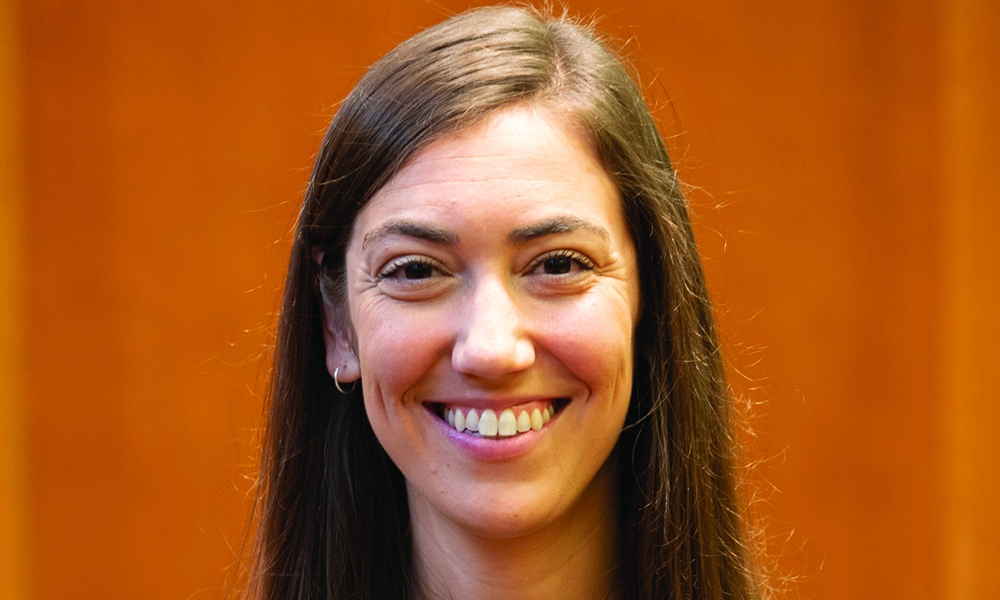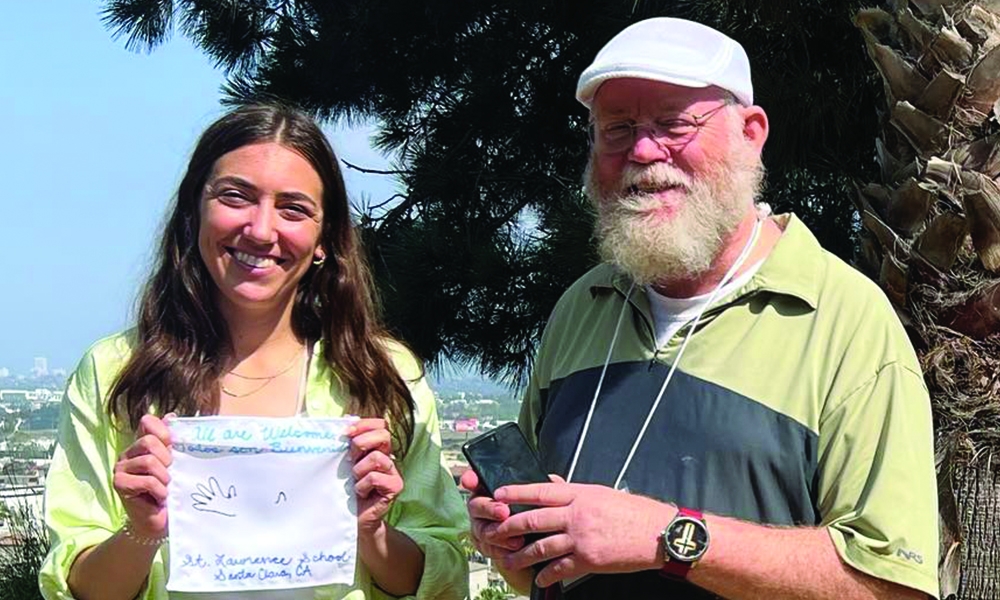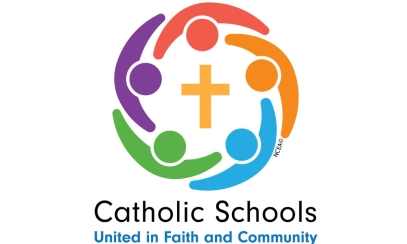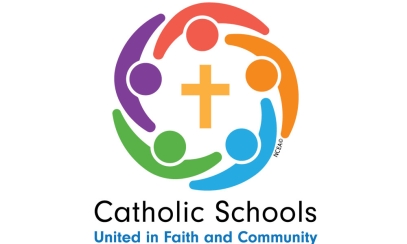
Shaping Bilingual Learners through Dual Language Immersion
What about the Dual Language Immersion (DLI) method inspires you as an innovative educator?
I am most inspired by Dual Language Immersion (DLI) because it intentionally makes our schools more inclusive spaces, celebrating the native languages and cultures of communities that have been historically marginalized in our country. Additionally, there are long-term cognitive advantages of learning in two languages and professional and social benefits for all our students, regardless of linguistic background.
What attracted you to implementing DLI at St. Lawrence?
Whenever there is a disconnect between the language spoken at home and the one used at school, school becomes far more challenging for multilingual students. Learning in two languages in the classroom breaks down the language and cultural barriers for the students and their families. Furthermore, learning in two languages in the classroom is beneficial to every student because it supports their development as global citizens and prepares them to encounter our culturally rich and diverse world, one of St. Lawrence’s goals.
Tell me when you first learned of the DLI program, your previous classroom experience with it, and what convinced you it was worth implementing.
During my research, I learned that students who learn in dual language immersion programs frequently outperform students in English-only programs by the fifth grade. Through the University of Notre Dame’s Alliance for Catholic Education in Chile (ChACE), I taught middle school and high school English at St. George’s College in Santiago, Chile. While I was in the program, St. George began transitioning to a dual language immersion model in elementary school. From that experience, I learned that transitioning the educational model of a school comes with many challenges, but it also comes with an opportunity to strengthen our Catholic school communities through innovation.
"During my research, I learned that students who learn in dual language immersion programs frequently outperform students in English-only programs by the fifth grade."
Can you describe a highlight from DLI training at Loyola Marymount University you attended over the summer?
The highlight of my time at the Dual Language Summer Academy at Loyola Marymount University was connecting with passionate Catholic school educators from across the country. The theme of our weekend together was "Encourage one another and build one another up" (Thess 5:11 NABRE), and I felt encouraged listening to everyone share stories of their successes, challenges, and hope for the future of Catholic schools.
How has doing the groundwork to implement DLI both transformed and challenged you personally, as a principal, as a person of Faith?
Since I am a relatively new principal and this is the inaugural year that we are implementing DLI, pioneering its implementation has forced me to step out of my comfort zone and ask questions of experts in the field. As a Catholic, I have been transformed in faith because DLI has encouraged me to reflect on how we can more fully embrace our call to be a universal church, inviting all families to be a part of our community regardless of socioeconomic status or native language.
If you could sum up why Catholic educators should consider the DLI method, what would you say?
I would say that since the Catholic church is multilingual, why not consider DLI? We must cultivate multilingualism in our Catholic schools. Dual language immersion programs form bilingual, biliterate, and bicultural students within the lens of our Catholic and Gospel values. At Saint Lawrence, launching and implementing DLI for the first time this year is only possible thanks to the support of diocesan leadership, our pastor, Father Mark Arnzen, our amazing teachers and staff, our wonderful Saint Lawrence families, and Boston College’s Two-Way Immersion Network for Catholic Schools.
Christine Frea is the principal of Saint Lawrence Elementary and Middle School. She holds a master’s degree in elementary education from Loyola Marymount University and a master's degree in educational leadership from the University of Notre Dame. She enjoys cheering on Bay Area sports teams, trying new restaurants, and spending quality time with family and friends.




